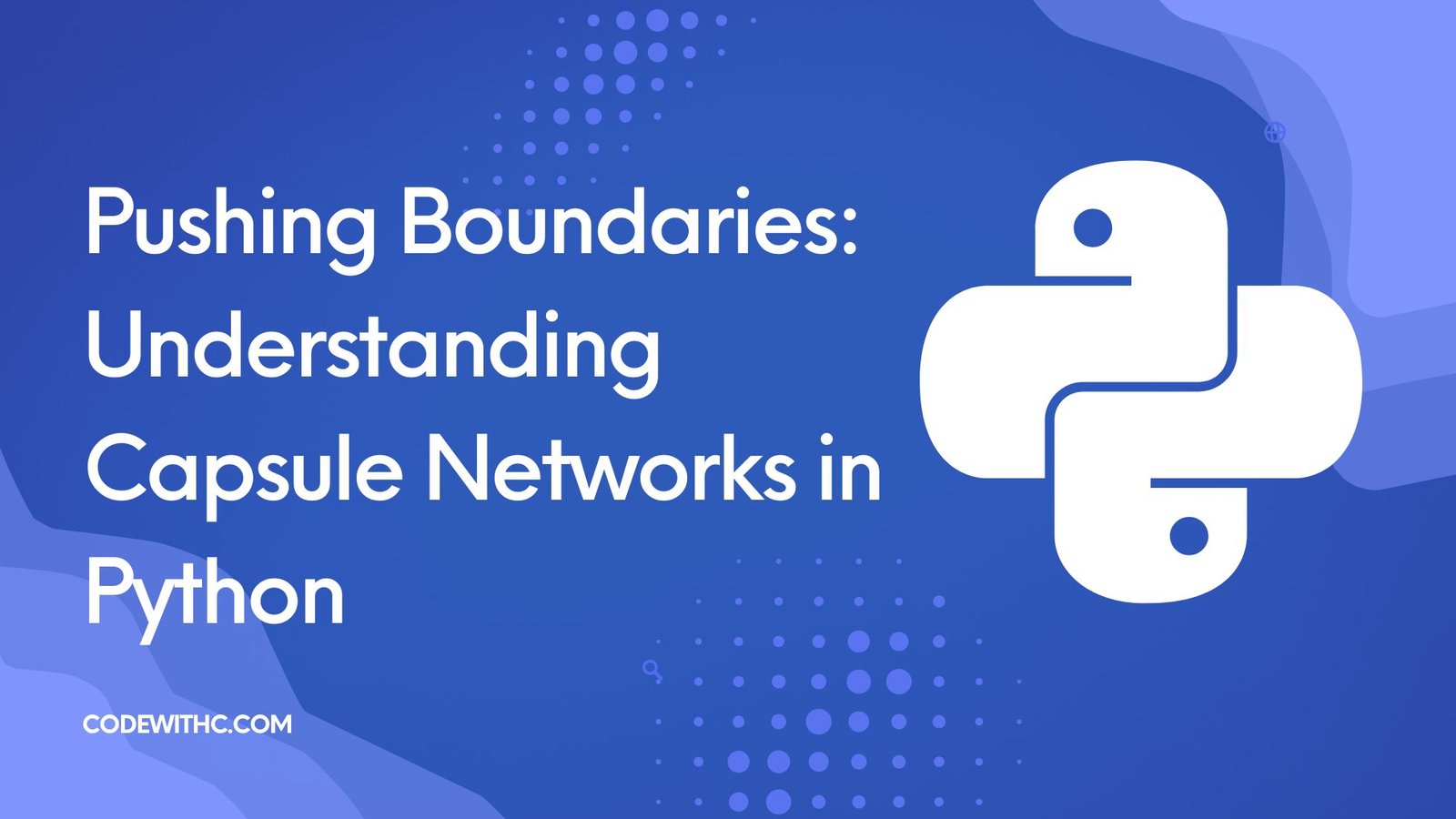A Glimpse into the Past: The Era of CNNs
You know, back in my day, Convolutional Neural Networks (CNNs) were all the rage in deep learning, especially for image recognition tasks. They’ve had a good run, and they still hold their ground. But as is the nature of science, we’re always on the lookout for the next big thing. Enter Capsules Networks, or CapsNets. I’ve seen a lot of models in my time, but CapsNets have a certain… flair to them. They address some of the inherent limitations of CNNs, and today, we’re going to delve deep into their intricacies.
CapsNets: A New Dawn in Vision Tasks
Capsule Networks offer a dynamic way to handle spatial hierarchies between features, allowing them to recognize patterns in an image irrespective of their orientation or pose. It’s like having an innate ability to recognize a friend, whether they’re standing right side up or hanging upside down!
The Pillars of CapsNets: Capsules
At the heart of CapsNets are capsules, small groups of neurons that work together to identify and capture the spatial and textural details of an image. They’re like mini-brains, each specializing in recognizing specific features.
Dynamic Routing: The Magic Touch
One of the standout features of CapsNets is dynamic routing, which allows capsules to communicate and decide where to send their outputs. It’s like a team of experts conferring and deciding the best course of action.
Crafting CapsNets in Python
Alright, enough chit-chat. Let’s dive into some Python and see CapsNets in action.
Sample Code: Implementing CapsNets using TensorFlow
import tensorflow as tf
# Capsule Layer Implementation
class CapsuleLayer(tf.keras.layers.Layer):
# Initialization and layer building code here...
pass
# Define the CapsNet model
model = tf.keras.Sequential([
tf.keras.layers.Conv2D(256, (9, 9), activation='relu', input_shape=(28, 28, 1)),
CapsuleLayer(num_capsules=8, dim_capsule=16, num_routing=3),
# Additional layers can be added as needed...
])
model.compile(optimizer='adam', loss='mse')
# Training data preparation code would go here...
# Train the CapsNet model
model.fit(X_train, y_train, epochs=50, verbose=0)
Code Explanation
- We’re using TensorFlow to implement our CapsNet.
- We start by defining a
CapsuleLayer, which will contain the logic for capsules and dynamic routing. - The CapsNet model begins with a traditional convolutional layer followed by our capsule layer.
- The model is then compiled and trained using the usual Keras workflow.
Advanced Features of CapsNets
Robustness to Adversarial Attacks
One intriguing property of CapsNets is their inherent robustness against adversarial attacks. It’s like having a built-in shield against mischief!
Improved Generalization
With their ability to recognize patterns in various poses and orientations, CapsNets often generalize better on unseen data.
Musings on CapsNets
Like any model, CapsNets have their strengths and challenges. They’ve shown promise in certain tasks, but they also demand more computational resources. Still, in the grand tapestry of deep learning, they represent a vibrant and innovative thread, weaving new possibilities and horizons.







